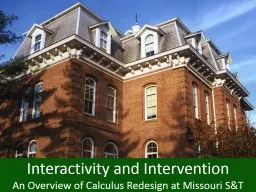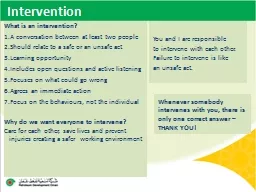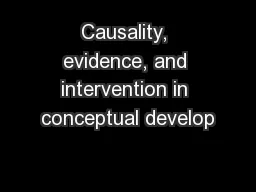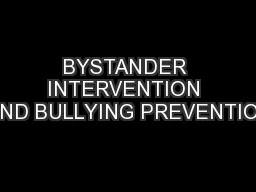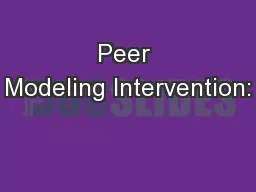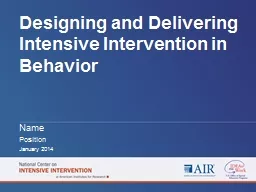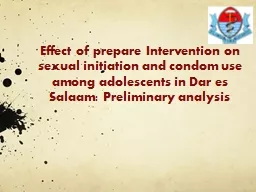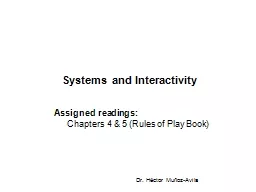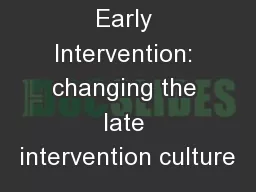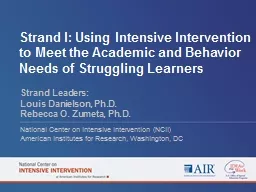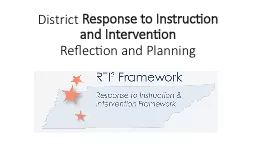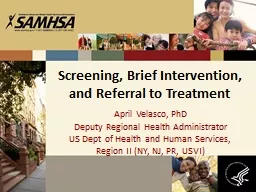PPT-Interactivity and Intervention
Author : tawny-fly | Published Date : 2016-03-14
An Overview of Calculus Redesign at Missouri SampT Where We Began Summer 2013 Campus Strategic Plan Redesign highvolume courses through integration of new technology
Presentation Embed Code
Download Presentation
Download Presentation The PPT/PDF document "Interactivity and Intervention" is the property of its rightful owner. Permission is granted to download and print the materials on this website for personal, non-commercial use only, and to display it on your personal computer provided you do not modify the materials and that you retain all copyright notices contained in the materials. By downloading content from our website, you accept the terms of this agreement.
Interactivity and Intervention: Transcript
Download Rules Of Document
"Interactivity and Intervention"The content belongs to its owner. You may download and print it for personal use, without modification, and keep all copyright notices. By downloading, you agree to these terms.
Related Documents

